Dee Worley and her partner of 19 years, Stacy Van Dine, met their son, Luke, when he was 9 weeks old.
“We met him in the pediatric intensive care unit at Spectrum Health Helen DeVos Children’s Hospital after he had been severely abused,” Worley said. “He was lying in a crib that had sides. He had lots of wires and leads and things monitoring him.”
Little Luke had been admitted to the PICU just five weeks earlier with a traumatic brain injury. That’s where Caroline Rich, PNP-AC/PC, a nurse practitioner in pediatric neurology and neuro critical care, first met Luke.
“He had come in with severe trauma, hypothermia and malnutrition,” Rich said. “He had track marks on his abdomen from heroin needles. His skull was broken in many places and he was placed in a freezer as family thought it would ‘fix the broken bones.'”
The little boy went on to develop epilepsy, cognitive delay, vision impairment, spastic cerebral palsy and hydrocephalus, which required a shunt to drain fluid from his damaged brain to his stomach.
Rich said she had known Worley and Van Dine from working with their other adopted children.
“I met with them the moment they saw (Luke),” Rich said. “They did not want to know how he was injured, they just wanted to know his injuries. They never looked back.”
Worley remembers that day well.
“It was pretty scary actually,” she said. “To know he had the injuries he had and the unknowns of what the future was going to be. That’s pretty scary. I remember just this instant feeling of love for him.”
Because of his traumatic brain injury, Luke had a full arsenal of specialty teams caring for him, including neurology, neurosurgery, neurodevelopment, ophthalmology, speech therapy, occupational therapy and physical therapy.
The Zeeland, Michigan, couple provided a foster home for Luke when he left the hospital at 11 weeks old. He joined their family of four other children, ages 8 to 22.
A ‘forever’ home
“I said, ‘We will foster until you can find a long-term home for him,’” Worley said. “That didn’t work out so well. We knew probably about three weeks after we had him home that if we had the opportunity to keep him, we would. All of our children are adopted. There are kids in the world that deserve to have somebody love them.”
Luke was an easy one to love, she said, even with an unknown future.
“Luke didn’t have a lot of personality because of his injury,” she said. “There wasn’t a whole lot there. The doctors just said, ‘We can’t tell you what he’s going to be like. Time will tell where he’s going to end up.’”
Time is telling. And the family is loving the story.
The now-6-year-old Luke has been learning sign language since age 2 and can play outdoors with his siblings.
He takes medication to control his seizures, wears sporty blue glasses to help his vision and uses a wheelchair and walker for mobility. A G-tube in his stomach provides nutrition.
“Seeing the progress he’s made in a short amount of time is just huge,” Worley said. “When he first came to us, he had absolutely no vision. He sees now. Luke’s vision is greatly improved. He can see to track toys, he can see me smile at him and he can see the things his teacher writes on a white board at the front of his classroom.”
At a recent Helen DeVos Children’s Hospital outpatient therapy appointment, Luke signed to Worley.
“No, you’re not going swimming,” Worley said, laughing. “Can you say ‘Mama?’ Can you say ‘wow?’”
Luke signed the words as his mom smiled.
Physical therapist Robin Linton-Fisher entered the room. She’s been working with Luke for six years.
“Are you excited to be here?” she asked him, as she massaged his calves and stretched his muscles. “Should we do the swing or the ball next?”
Luke shook his head: No.
“That wasn’t a choice, sir,” Linton-Fisher said. “Let’s play some basketball.”
With the help of Worley, Luke walked to the basketball hoop. He grabbed a green frog and threw it toward the hoop. Next, a blue turtle. He picked up an orange frog and lobbed it through the hoop with his left hand, then tilted his head back in laughter.
“In the last year he’s really gotten expressive with laughing,” Worley said. “When he was little, he was happy and there was a smile but there was no sound. There was no laughter. He exceeds all of our expectations. When we started with him, we did not think that he would be this far. He’s walking and laughing.”
As if on cue, “Ha, ha, ha” Luke chimed in.
“He’s really full of it today,” Linton-Fisher said.
She placed colorful, sticky Squigz on the large window that overlooks the Helen DeVos Children’s Hospital emergency department entrance, where this journey began. Luke entered the ED years ago with no one knowing if he would ever leave alive.
“They told us he was about 12 hours from death,” Worley said.
‘He’s done amazingly well’
But high up on the fourth floor outpatient therapy room on this day, Luke focused not on his past but instead eye-hand coordination, pulling the Squigz one by one from the window, then, after completing the task, high-fived his mom.
“He’s done amazingly well,” Linton-Fisher said. “I have seen him go from being a tiny baby to being an awesome kid that can do a lot of things that people didn’t think he would be able to do—standing, walking, talking, sitting.”
Back home, Luke sat on the trampoline while his sisters Sarabiah, 10, and Cassidy, 8, jumped around him. He laughed as his little body bounced upward, his curly brown locks mimicking his up and down movement.
“It’s fun to watch our other kids encourage him, love him, hold him and watch him do new things,” Worley said. “The kids are fabulous with him.”
When the children tired of jumping, Worley joined Luke in a walk down the sidewalk with his walker.
He scooted along at a moderate pace, passing by the Little Library book box Van Dine constructed on their property. The library overflowed with children’s books. As he and Worley rounded the corner past the little library, two other children approached the library and each selected a story book.
Worley and Van Dine optimistically wait to see how Luke’s story plays out. Given its opening chapter, they’re amazed at how the plot line is progressing so far.
“At almost 6 years old, for the first time, he got up on his hands and knees and looked ready to crawl,” Worley said. “It’s not age appropriate, but for our family, it’s huge. He can navigate in his walker. He’s also able to feed himself his own meals now. And, as his brain injury has healed, his vision has come a long way.”
Despite his struggles, Luke knows nothing different. He’s learned to adapt and become the star of his story.
“He’s the happiest little boy I have ever met in my whole life,” Worley said. “If he’s not smiling, there’s something wrong with him.”
Rich said Worley and Van Dine were instrumental in shaping Luke’s life story.
“The reason he is doing better than anyone could have expected is because of them,” Rich said. “They are the strongest advocates for children I have ever met.”
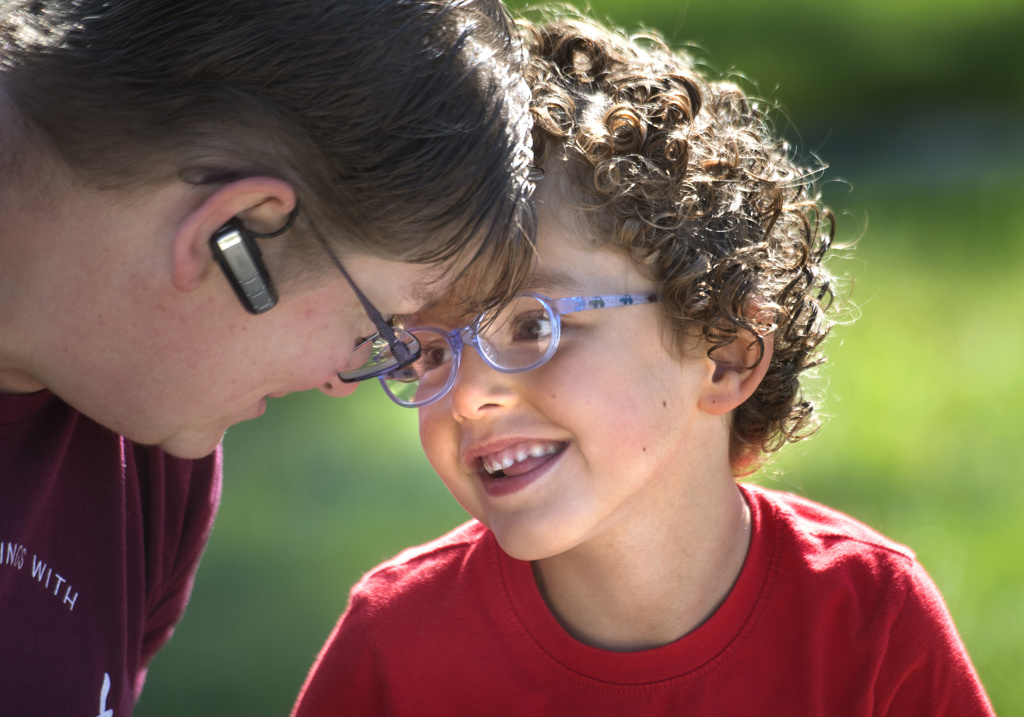
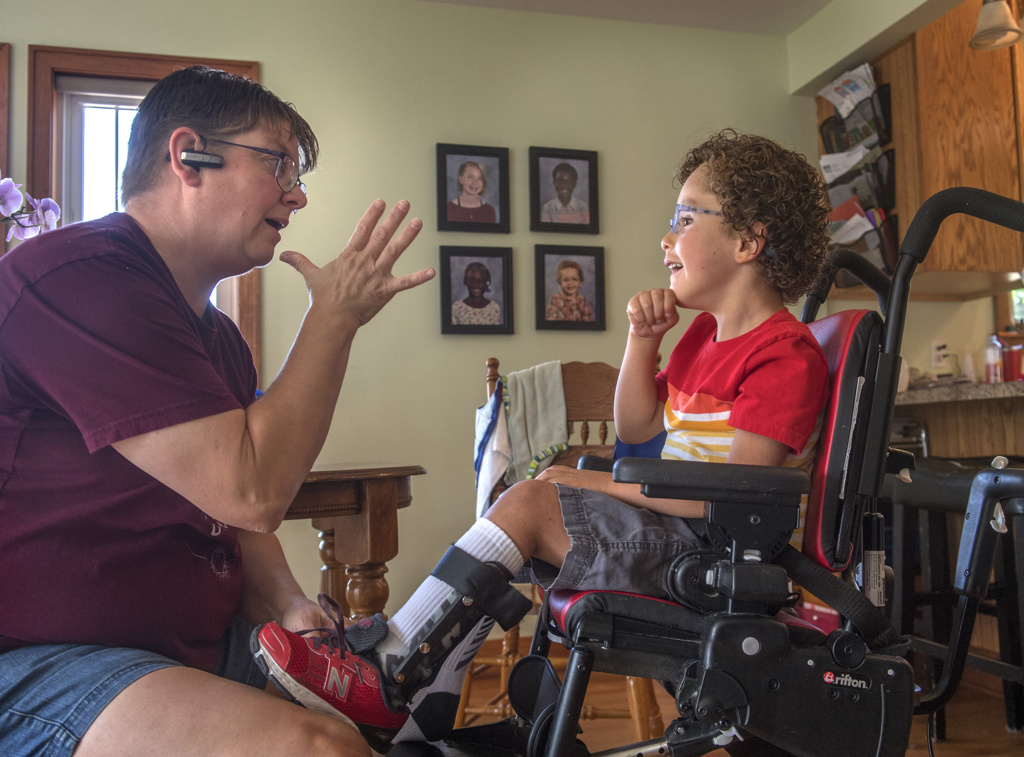
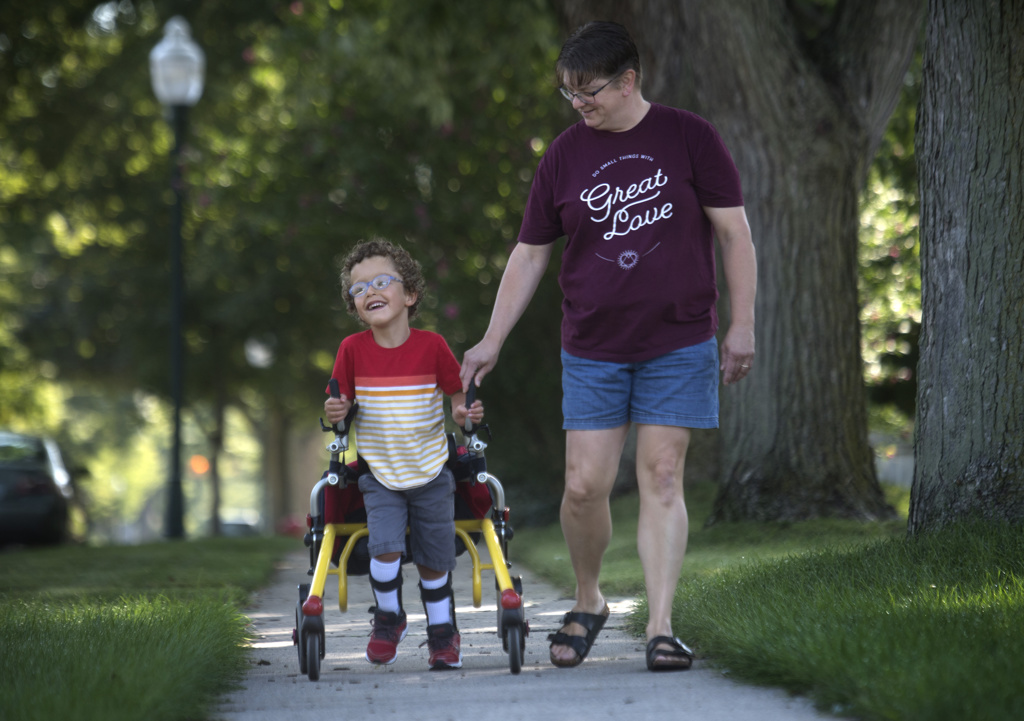



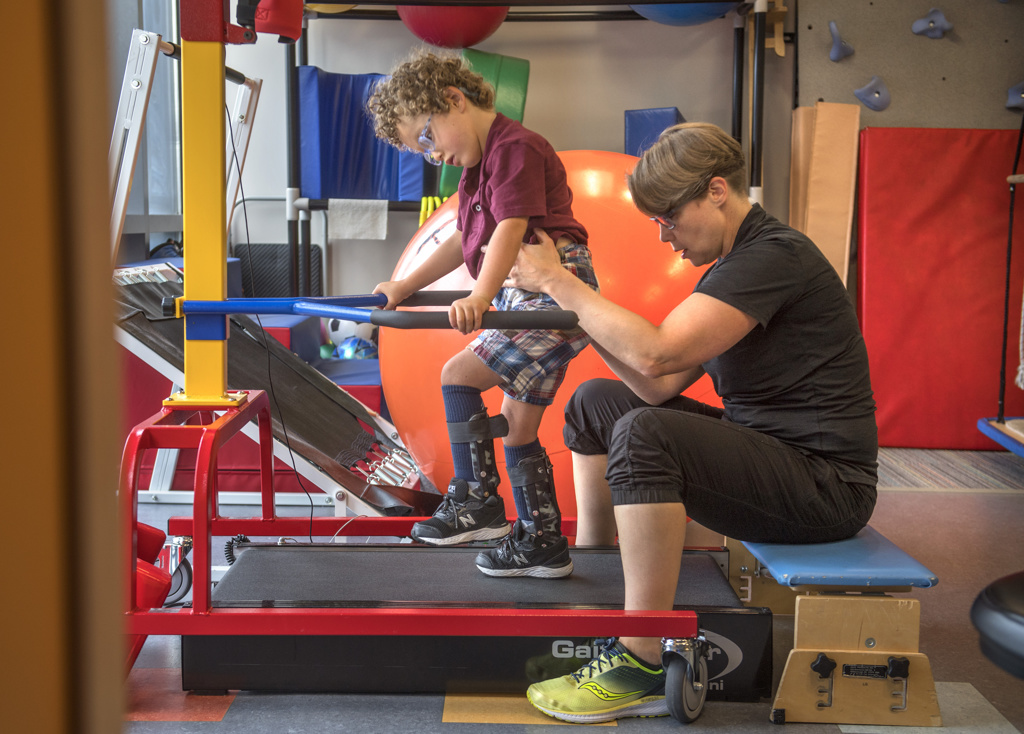
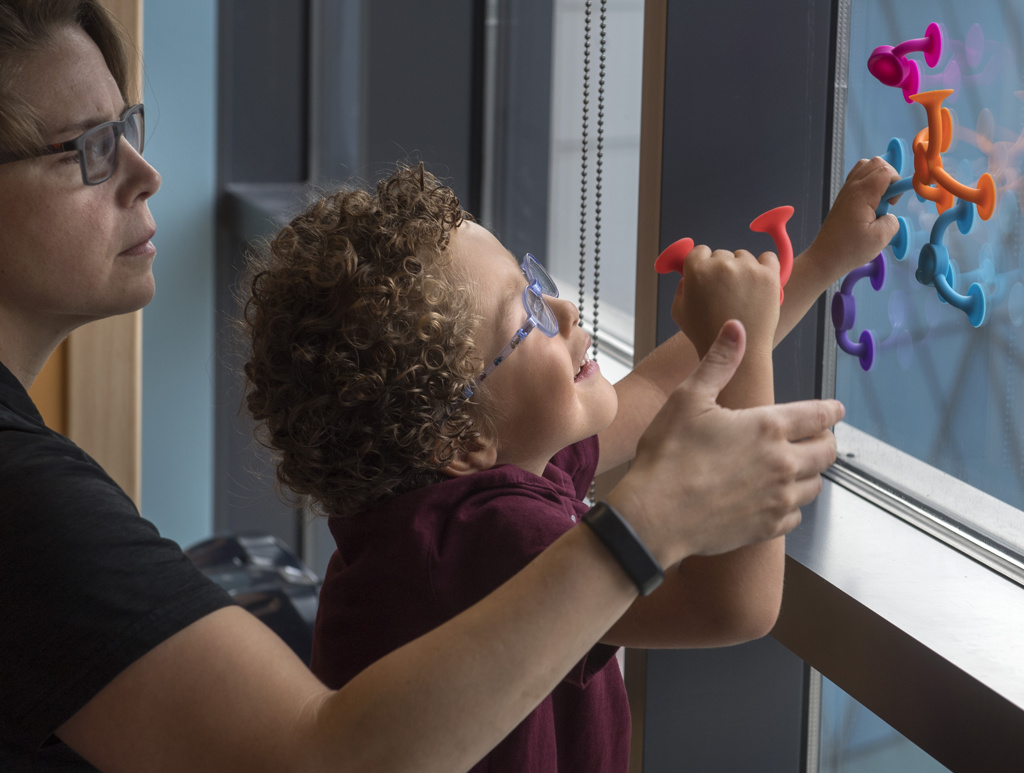
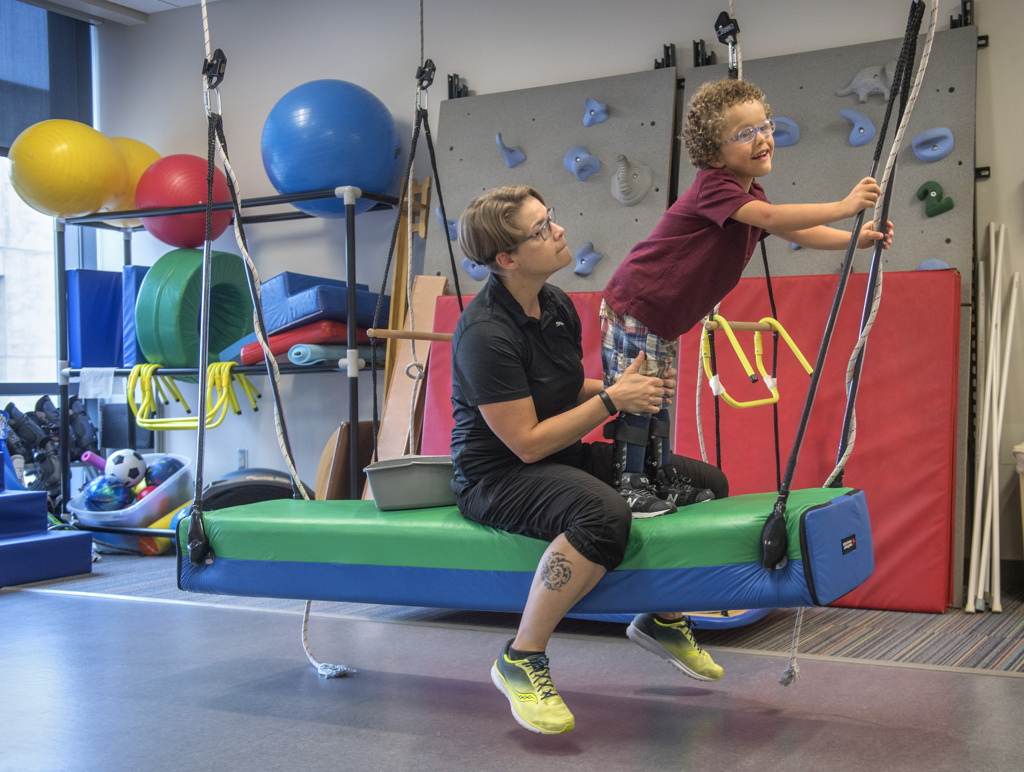
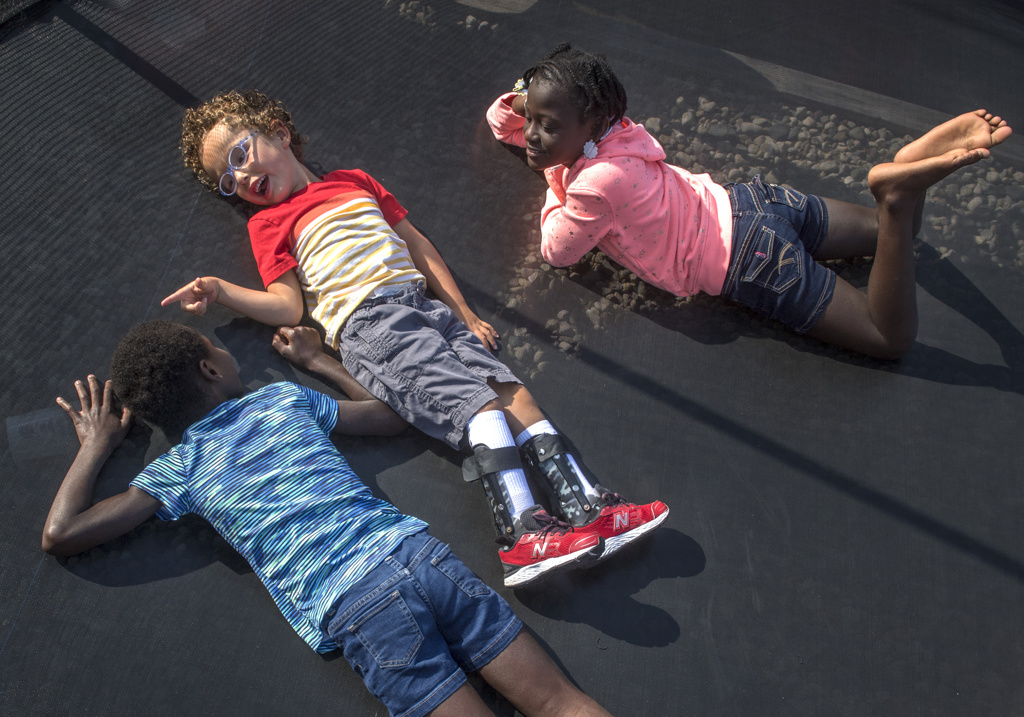

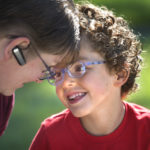
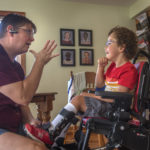

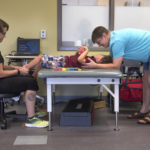

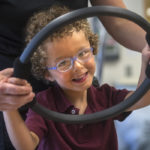
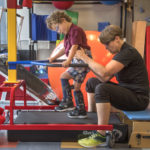




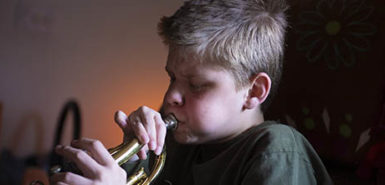 /a>
/a>
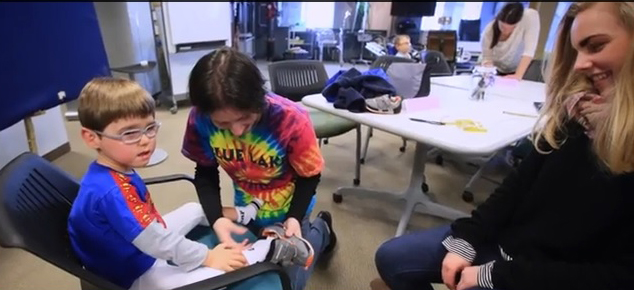 /a>
/a>
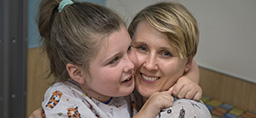 /a>
/a>
Amazing story of a brave little boy who’s adoptive parents have brought him so far! With all that a wonderful medical staff has done, it was that strong family love that was at his journey’s core!
I never expected that I would meet so many courageous, giving families when I started my career. Stacy and Dee, you are certainly among them. You have not chosen an easy path, but, you have chosen a holy one. I’m so glad I had a chance to know you both. I continue to wish only the best for you as a couple and as awesome parents.
Thank you for your kind words!
I know Luke. I had the joy of spending this afternoon reading to him today. He has such a sweet spirit of hope and optimism. He is a miracle. You are both so courageous in your journey to see the rewards and embrace the challenges. You show the world what compassion and love look like by pouring it into your children.
As I was reading this wonderful story, the Beatles song “Love is All You Need” kept playing in my head. What a blessing you ALL are to Luke!
My 31 year old son was impacted by a difficult birth. (Severe CP &DD) his Cortical Visual impairment (CVI) led me to a career path. His visual responses have continued to improve. In fact he continues to make gains. Luke and his family are very special, this is a wonderful success story.
Wonderful to hear, Kim! Best wishes to you and your family.
We have known Dee for many years. She worked with us at a youth home for several years. You just have to love her! We also came to love Stacy. No one has more heart for children and what goes on between them and the kids they love is nothing short of a miracle. Luke is only one of the success stories in their home. No child can land in a more loving and healing nest that than home!
Dee!!! I loved reading this wonderful story. Never a doubt in my mind, when we met at Old Kent Bank so long ago, that you wouldn’t do something amazing! ❤️